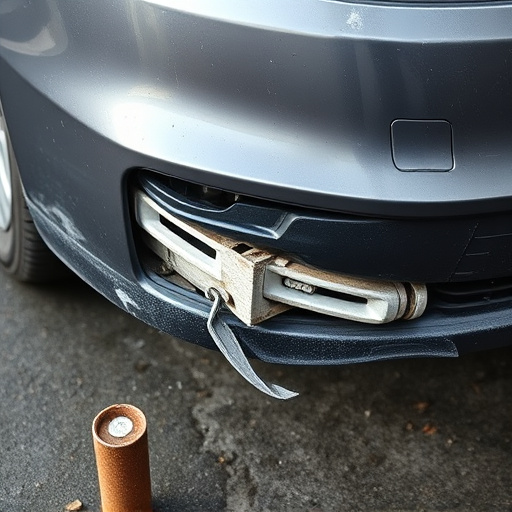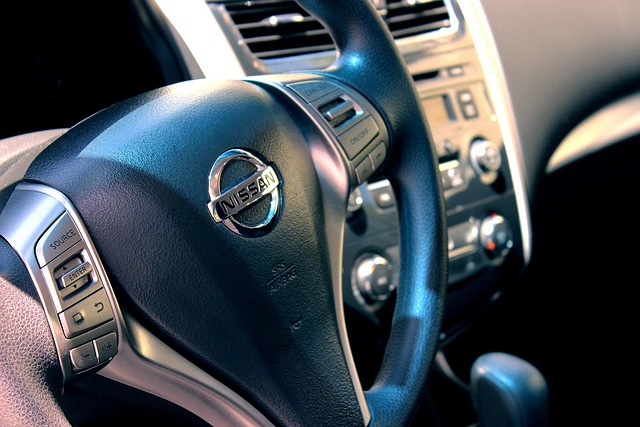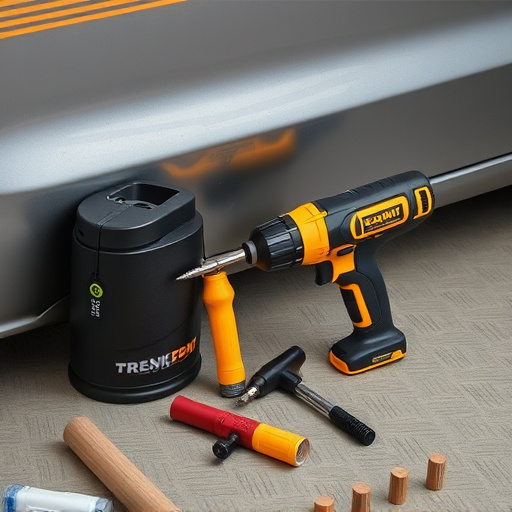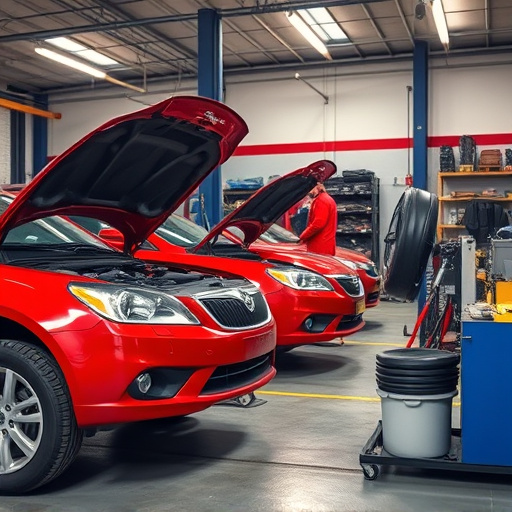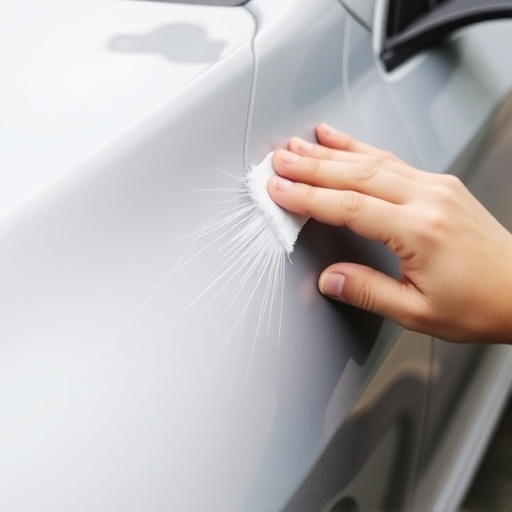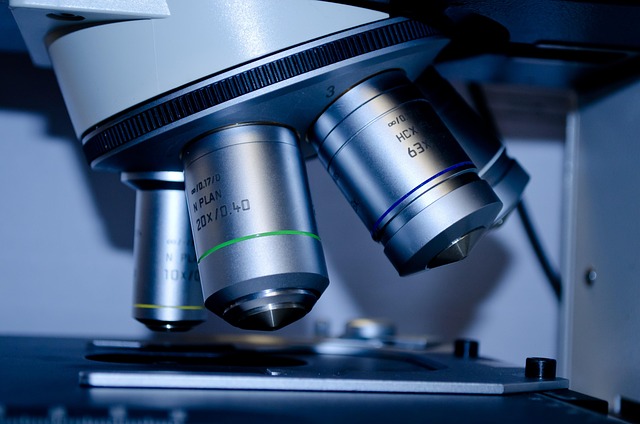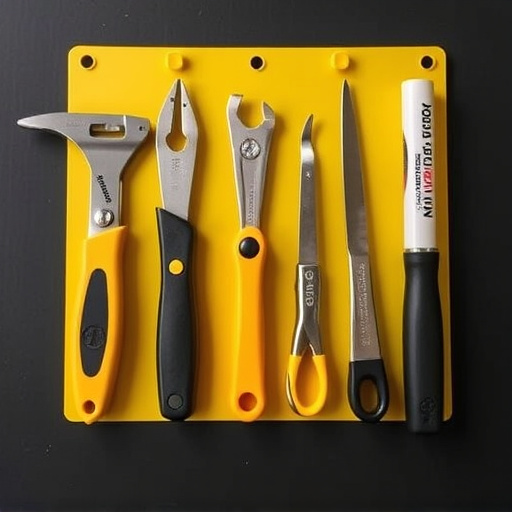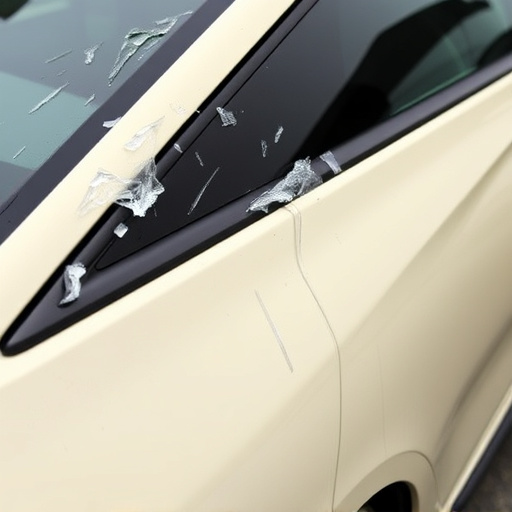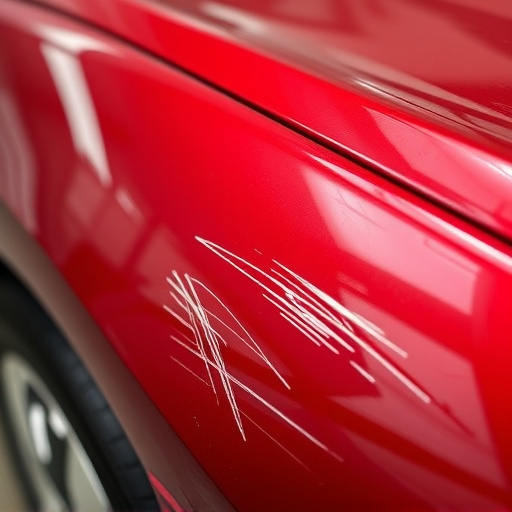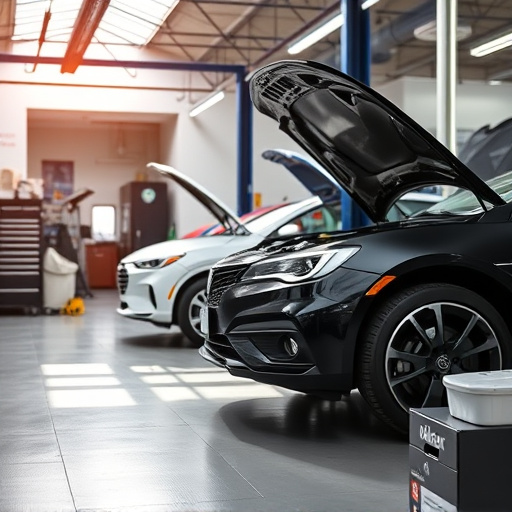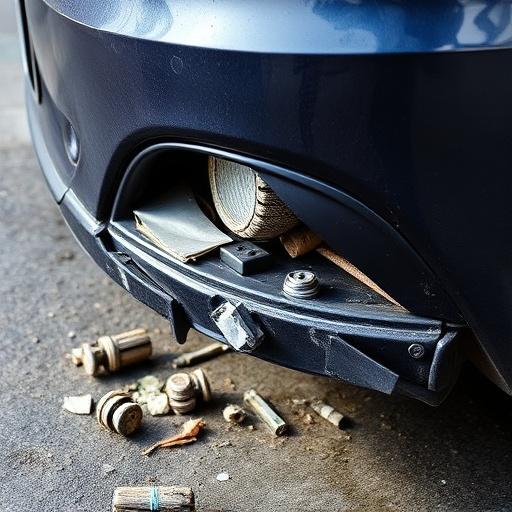ADAS recalibration repairs are vital for realigning and restoring Advanced Driver-Assistance Systems (ADAS) after accidents or auto body work, ensuring critical safety features like lane departure warning, adaptive cruise control, and automatic emergency braking function accurately. This meticulous process involves diagnostic scans, sensor physical repairs, and precise recalibration testing using specialized tools and knowledge to prevent new risks. Regular maintenance and swift attention to recalibration issues significantly enhance the safety of autonomous driving features in modern vehicles.
In today’s advanced automotive landscape, ADAS (Advanced Driver Assistance Systems) play a pivotal role in enhancing safety. Understanding ADAS recalibration repair is crucial for maintaining these sophisticated technologies. This article delves into the fundamentals of ADAS recalibration, highlighting its significance and providing practical guidance on effective repair processes. By mastering these steps, mechanics can ensure optimal performance and precision in restoring ADAS functionality, ultimately contributing to safer driving experiences.
- What is ADAS Recalibration Repair?
- Why is ADAS Recalibration Important?
- How to Perform and Ensure Effective ADAS Recalibration Repair
What is ADAS Recalibration Repair?

ADAS recalibration repair is a specialized service that focuses on realigning and restoring Advanced Driver-Assistance Systems (ADAS) to their optimal performance after an accident or routine auto body repair. These systems, which include features like lane departure warning, adaptive cruise control, and automatic emergency braking, rely on precise sensor calibration for accurate functionality. When these sensors are damaged during a collision or through other means, the ADAS needs to be recalibrated to ensure the safety and reliability of the vehicle’s driver-assistance capabilities.
The process involves several steps, including diagnostic scanning to identify any malfunctions, physical repairs to the affected sensors or cameras, and precise recalibration testing to guarantee that all ADAS components are functioning as intended. Unlike general vehicle repair services, auto body repair, and auto painting, ADAS recalibration repair demands specialized tools, training, and knowledge to ensure these sophisticated systems operate seamlessly without introducing new safety risks.
Why is ADAS Recalibration Important?
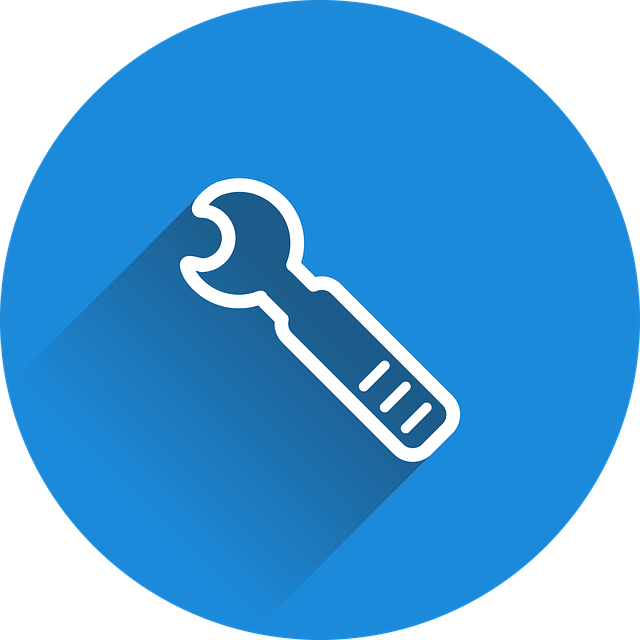
ADAS recalibration is an essential process that ensures the Advanced Driver Assistance Systems (ADAS) in a vehicle function accurately and safely. These systems, which include features like adaptive cruise control, lane keeping assist, and automatic emergency braking, rely on precise sensor calibration for optimal performance. Over time, these sensors can drift out of alignment due to various factors such as normal wear and tear, accidents, or environmental changes, leading to incorrect readings and potential safety risks.
Proper ADAS recalibration repairs are crucial in the field of auto body repair and collision repair centers. It involves realigning and recalibrating the sensors to ensure they provide accurate data to the vehicle’s computer systems. This process is vital for maintaining the integrity of modern vehicles’ safety features, enhancing driver confidence, and preventing potential accidents. By addressing ADAS recalibration issues promptly, auto body repair experts can help keep roads safer and vehicles in top condition.
How to Perform and Ensure Effective ADAS Recalibration Repair

Performing an ADAS recalibration repair requires a meticulous approach to ensure optimal performance and safety. The first step is to diagnose any sensor anomalies using specialized diagnostic tools that can identify issues within the Advanced Driver Assistance Systems (ADAS) network. Once identified, specific sensors such as cameras, lidars, or radars need to be realigned and recalibrated accurately. This process involves adjusting their positioning and configuring the software to match the vehicle’s current specifications. Proper techniques and tools are essential to prevent further malfunctions.
To guarantee effective ADAS recalibration repair, consider the following: maintaining a clean and secure workspace for the vehicle bodywork, ensuring proper ventilation during the process due to potential chemical emissions, wearing protective gear, and adhering to manufacturer guidelines. Additionally, it’s vital to verify the work by conducting thorough tests after the repair, simulating various driving scenarios to confirm the ADAS functions correctly. Regular maintenance and prompt attention to any recalibration issues can significantly contribute to the overall safety of autonomous driving features in modern vehicles, including fender repair or car body restoration cases where sensor damage may occur.
Understanding the intricacies of ADAS recalibration repair is essential for maintaining safe and efficient autonomous driving systems. As vehicles become increasingly reliant on Advanced Driver Assistance Systems (ADAS), ensuring their accurate functioning through regular recalibration becomes paramount. By grasping the importance of this process and following best practices, automotive professionals can guarantee optimal performance, enhance safety, and extend the lifespan of ADAS components. This, in turn, contributes to a smoother and more secure driving experience for all.
